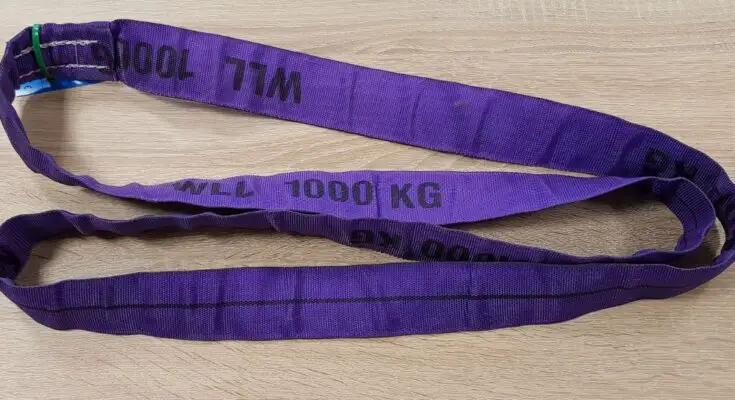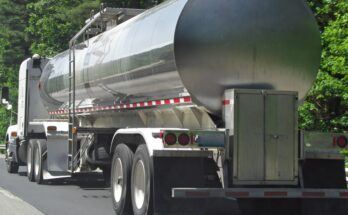When it comes to lifting heavy loads, choosing the right type of sling can make the difference between a successful lift and a dangerous situation. For anyone involved in rigging and material handling, knowing how to determine the right type of sling to use is crucial for safety and efficiency. Follow these detailed steps and ensure you conduct every lift safely and effectively with the appropriate sling.
Assess the Weight
Before considering which sling to use, you must accurately assess the maximum weight your sling will need to bear. Determining the weight calculation involves accounting for the static load and any dynamic or shock loads that could occur during the operation. Safety begins with understanding the demands your tasks place on the sling.
Understand the Environment
The environmental conditions you plan to work in are as important as the weight. Will the environment have a risk of high temperature, moisture, or chemical exposure? These questions help narrow down the best slings for the job. Consider these things as you find the right tool for your project.
Choose the Material
Different materials come with various benefits. For instance, polyester rigging slings naturally offer certain advantages, such as great strength and resistance to mildew and aging. When you’re looking at synthetic slings like nylon or polyester or perhaps wire rope or chain slings, you should consider each type’s advantages. For instance, you might weigh the benefits of using polyester rigging slings. Don’t forget to think about these positive features and see if they’ll fit the specific needs of the lift, including flexibility and the ability to withstand environmental conditions.
Factor in Slippage and Wear
Slippage and wear are the unseen variables that can lead to decreased sling performance or even failure. Opt for a sling that naturally minimizes these risks, and plan to inspect the slings for wear regularly. Increasing inspection frequency may be necessary based on the operating conditions and use rate.
Review Safety Standards
Compliance with safety standards is nonnegotiable. The sling you choose must meet or exceed all relevant regulations and industry standards. A team that puts in the effort to use a sling that meets legal compliance demonstrates a strong commitment to safety.
Evaluate the Sling
Testing is crucial. How can you determine the right type of sling safely? Inspect each sling for defects or damage prior to use, and conduct load tests to ensure its integrity. Make no assumptions about the sling’s condition—verify it.
Train Users
Finally, you must ensure that every user knows how to use it. This includes everything from learning the load limits of slings to understanding the impact of sling angles. A well-trained team is your frontline defense against accidents.
By taking the time to complete each of these steps carefully, you ensure that you have a clear understanding of how to determine the right type of sling to use. Repeat these protocols every time and maintain a safety-first approach that protects people and property alike. Stay safe when lifting by using the right sling. Doing so ensures that you’re ready when executing your actions.



